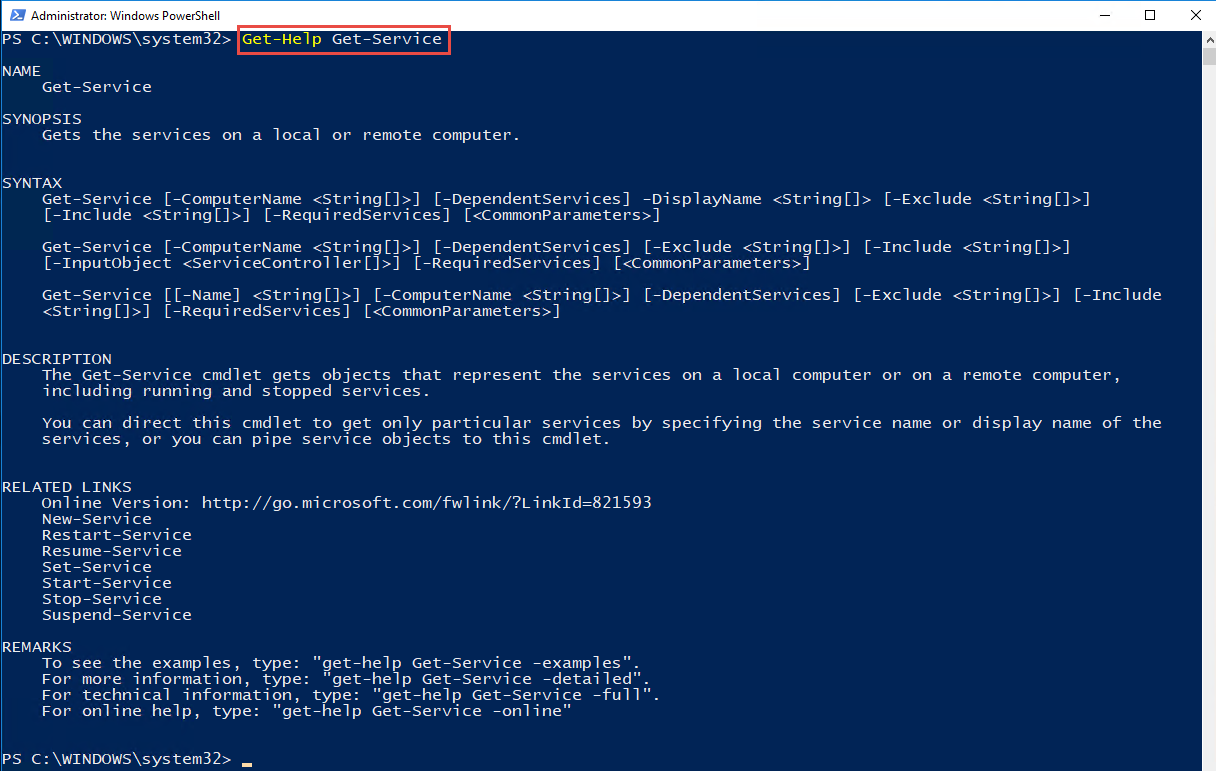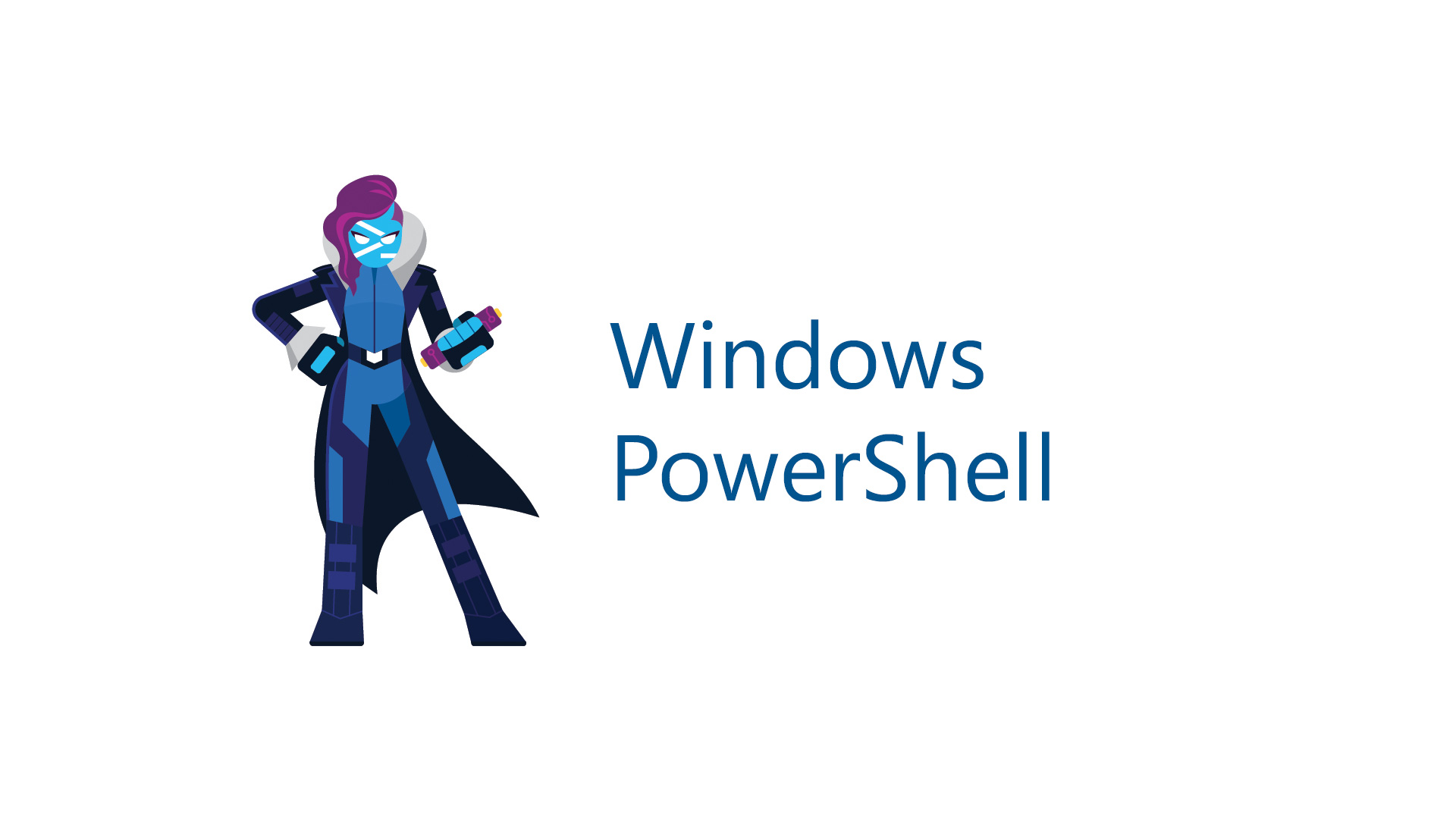

As a result, one isn’t necessarily better than the other - it’s all a matter of application. tar files are less accessible but more space-efficient.
#Powershell untar zip#
zip files are more accessible but less space-efficient, while. Technical details aside, all you need to remember is that.


If that’s not entirely clear, don’t worry. In other words, compressing files as a single group allows for more efficient compression methods, thereby saving space and reducing the overall size of the file. tar files are compressed as a single entity rather than a group of individually compressed files, compression utilities can group similarities between files and cut down on space. tar.gz is only accessible after extracting the entire file. zip are compressed individually, they can also be accessed individually. However, there are some pretty major differences when it comes to accessing data within the files and the compression efficiency. tar.gz files will allow you to send relatively large packages as a single file. tar files are a compressed collection of files.īut does the compression method really matter, especially if both methods technically produce compressed files? zip files are a collection of compressed files, while. tar files are compressed as a single package, leaving its files uncompressed. zip files consist of many individually compressed files. zip automatically compresses each file within the collection.īy now, you’ve probably noticed the major difference between. Rather than use a separate compression utility to compress the entire collection.
#Powershell untar zip file#
zip file is a collection of compressed files. As we’ll see later, one popular compression utility is gzip, which compresses a. tar doesn’t compress anything, it requires a separate compression utility for compression. tar file is a collection of uncompressed files, sometimes known as a tarball. Rather, they both accomplish the same task ( file compression) in the same way. tar files are some kind of “lesser” format than. tar files - at least not in ways that are easy to notice. zip files, the same can’t really be said for. Where most operating systems make it easy to extract and create. tar.gz files in Linux and Windows with help from this guide 🚀 Click to Tweet. Compressing and extracting files isn’t always intuitive. tar comes with a few extra features that make it the better compression format for certain files and applications. tar in the first place? As we’ll see in the next section. zip being the easier of the two to use, why use. Backed by a 30-day money-back guarantee.īut with.
#Powershell untar free#
Using: unzip 'Applications\Site.Optimize your admin tasks and budget with $275+ enterprise-level features included free in all WordPress plans. ::ExtractToDirectory($archive, $destinationPath) ::ExtractToFile($item, $destinationItemPath, $true) New-Item $destinationItemPath -Force -ItemType File > $null New-Item $destinationItemPath -Force -ItemType Directory > $null $destinationItemPath = ::Combine($destinationPath, $item.FullName) $archiveFile = ::Open($archiveFilePath, ::Open) $destinationPath = ::Combine($PWD, $destinationPath)Īdd-Type -AssemblyName System.IO.CompressionĪdd-Type -AssemblyName System.IO.Compression.FileSystem $archiveFilePath = ::Combine($PWD, $archiveFilePath) Note: Extracting archives this way will take a long time and can slow down windows gui

On windows core versions, by default the Microsoft-Windows-Server-Shell-Package is not installed, so shell.applicaton will not work. Limitations of use of Shell.Application on windows core versions: $shell.Namespace("C:\destinationDir").CopyHere($items, 1556) $zip = $shell.Namespace("C:\archive.zip") $shell = New-Object -ComObject Shell.Application New-Item -ItemType directory -Path "C:\destinationDir" -Force
#Powershell untar code#
To use powershell and hide progress bars and disable confirmations you can use code like this: # We should create folder before using it for shell operations as it is required For those, who want to use .CopyHere() and want to hide progress bars while copying, or use more options, the documentation is here:


 0 kommentar(er)
0 kommentar(er)
